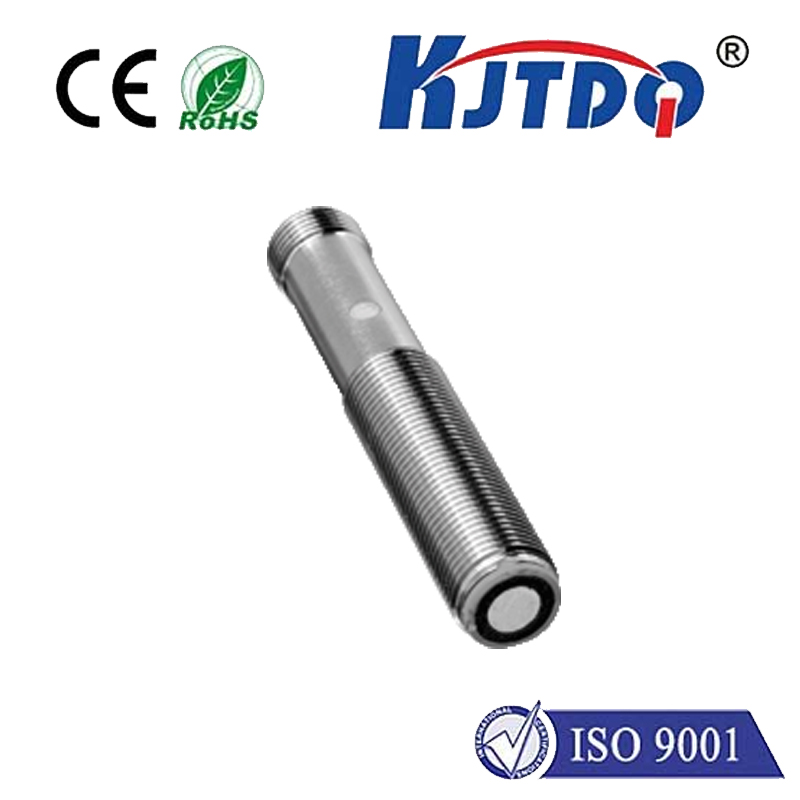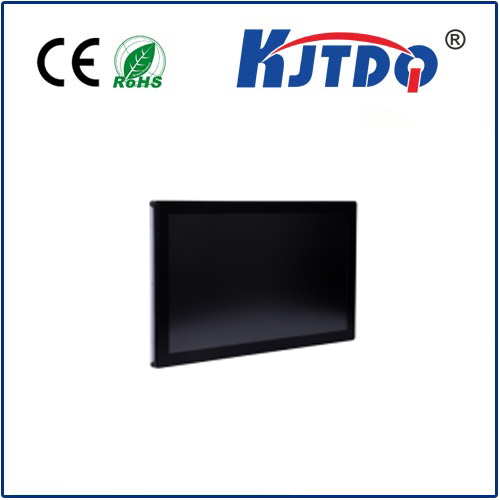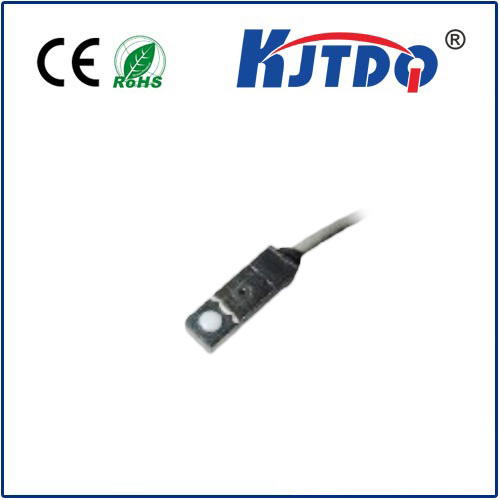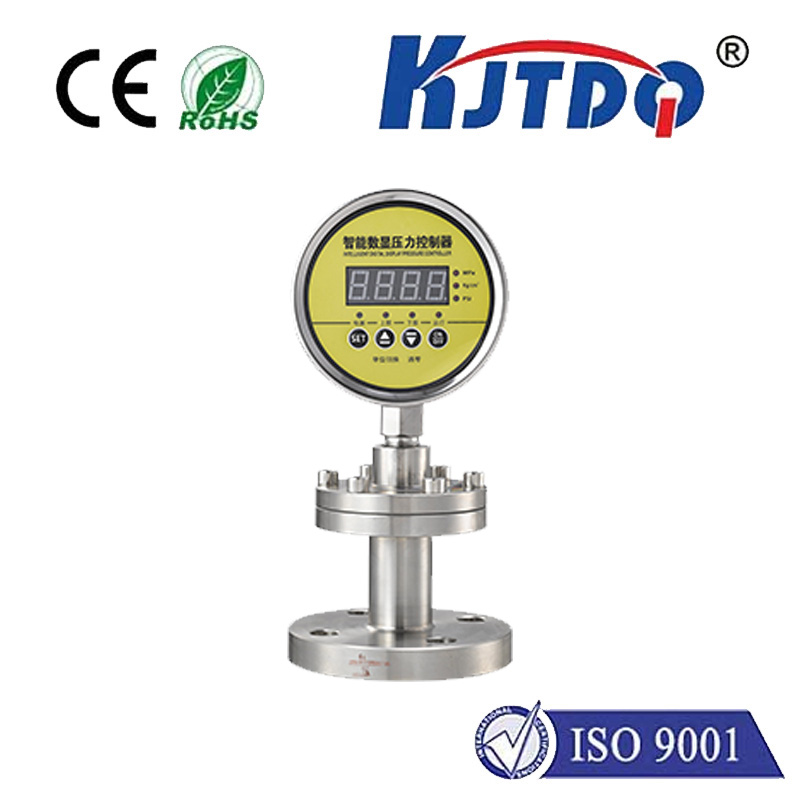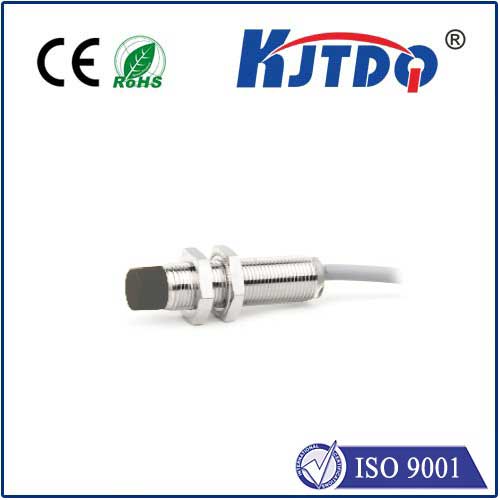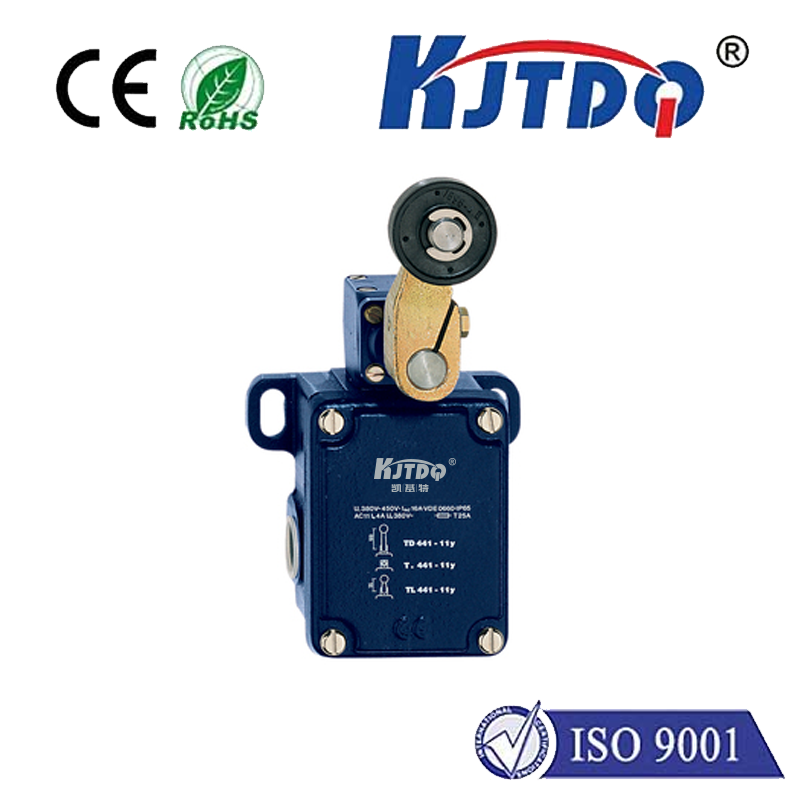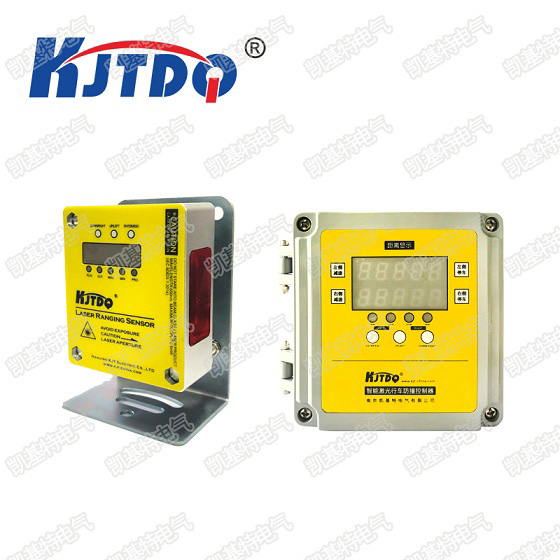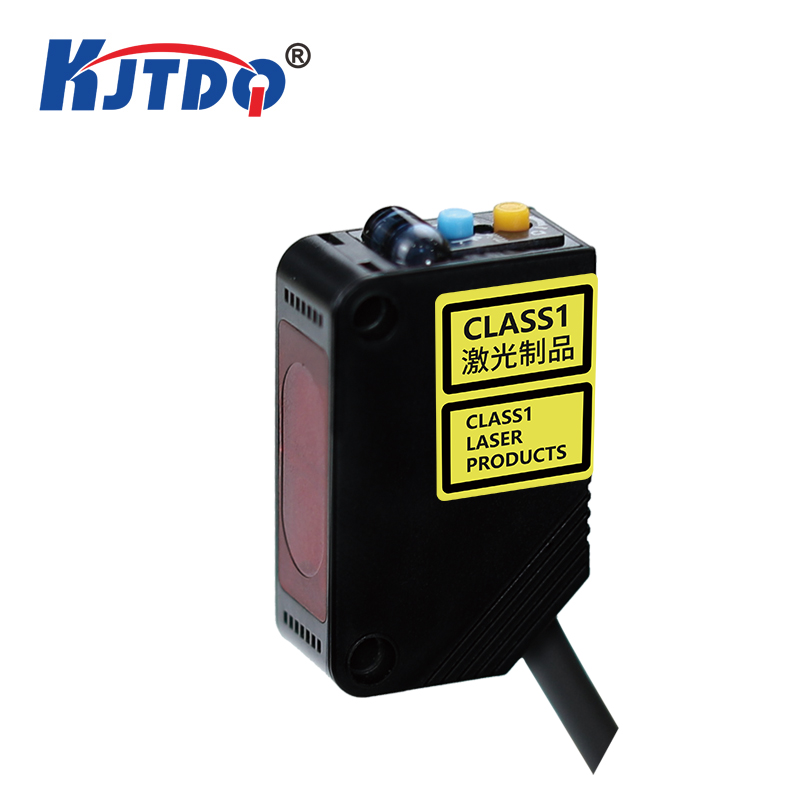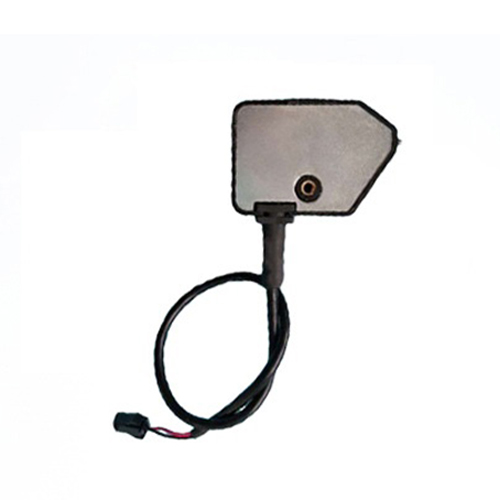proximity inductive
- time:2024-10-14 17:34:44
- Click:0

Title: The Power of Proximity Inductive in Modern Technology
In the realm of modern technology, the concept of “proximity inductive” has emerged as a game-changer. This innovative technique is revolutionizing the way we interact with our devices and environment, paving the way for a new era of convenience and efficiency. In this article, we will explore the power of proximity inductive and its applications in various industries.
- Understanding Proximity Inductive
Proximity inductive, also known as near-field communication (NFC), is a wireless communication technology that allows two devices to exchange data when they are in close proximity to each other. This technology operates on a frequency of 13.56 MHz and can transmit data at speeds of up to 424 kbps. The key advantage of proximity inductive is its ability to establish a secure and efficient connection between devices without the need for physical contact or alignment.
2the Power of Proximity Inductive
The power of proximity inductive lies in its ability to simplify and streamline various processes in our daily lives. Some of the most notable applications of this technology include:
a) Contactless Payments: Proximity inductive has revolutionized the way we make payments by enabling contactless transactions. With just a tap of a credit card or mobile phone, customers can now make purchases without having to fumble for cash or enter their PIN. This not only speeds up the transaction process but also enhances security by reducing the risk of card theft and fraud.
b) Access Control: Proximity inductive is also being used extensively in access control systems, such as keyless entry doors and secure login systems. By using a smart card or mobile device, users can gain access to restricted areas or login to secure systems with ease, eliminating the need for traditional keys or passwords.
c) Data Exchange: Proximity inductive allows for seamless data exchange between devices, making it an ideal solution for tasks such as file sharing,名片 exchanging, and even pairing Bluetooth devices. This eliminates the need for cumbersome cables or complex pairing procedures, saving time and effort.
d) Interactive Marketing: Proximity inductive is also transforming the world of marketing by enabling interactive campaigns that engage customers in new and exciting ways. For example, retailers can use proximity inductive tags on product packaging to provide additional information or special offers when a customer’s smartphone comes into close proximity.
- Challenges and Future Prospects
Despite its many benefits, proximity inductive also faces some challenges that need to be addressed for it to realize its full potential. One of the main challenges is the limited range of the technology, which currently stands at around 10 centimeters. This restricts its application in certain scenarios where longer distances are required.
Another challenge is the need for standardization across different devices and platforms. As more companies adopt proximity inductive technology, interoperability becomes crucial to ensure that all devices can communicate seamlessly with each other.
Looking ahead, the future prospects for proximity inductive are promising. Advancements in technology may lead to increased range and improved security features, further expanding its应用领域. Additionally, as more businesses recognize the benefits of proximity inductive, we can expect to see even more innovativeuse cases emerge in the coming years.
- Conclusion
In conclusion, proximity inductive is a groundbreaking technology that is poised to transform various aspects of our lives. Its ability to enable secure and efficient wireless communication between devices opens up a world of possibilities for contactless payments, access control, data exchange, and interactive marketing. While there are still challenges to overcome, the future looks bright for proximity inductive as it continues to evolve and expand its reach.












